Home>Interior Design>The 6 Interior Design Rules I Swear By In My Own Home
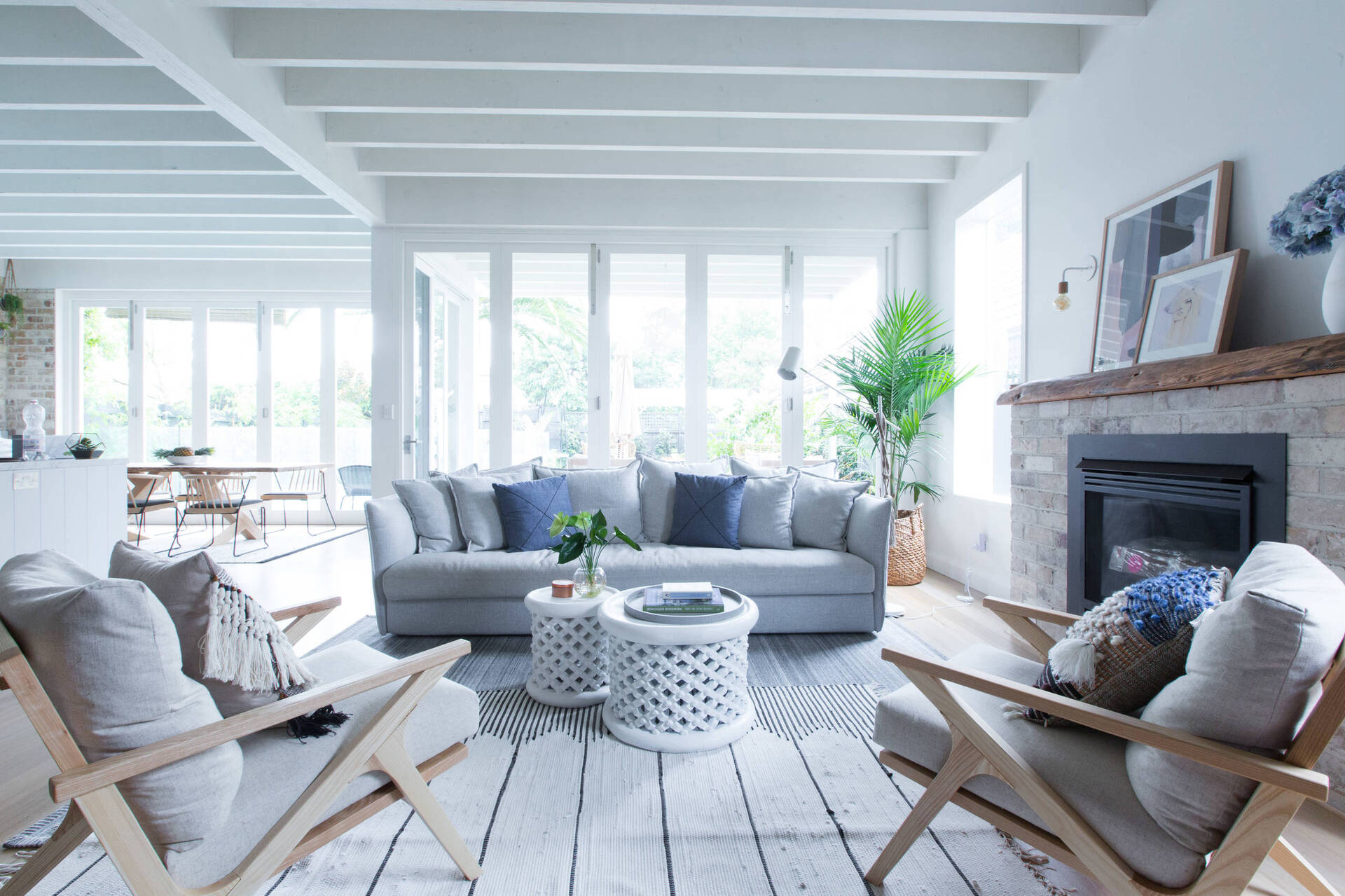

Interior Design
The 6 Interior Design Rules I Swear By In My Own Home
Modified: January 20, 2024
Discover the 6 essential interior design rules I rely on in my personal space. From color palettes to furniture arrangements, elevate your home with these expert tips.
(Many of the links in this article redirect to a specific reviewed product. Your purchase of these products through affiliate links helps to generate commission for Storables.com, at no extra cost. Learn more)
Introduction
Welcome to my interior design world! As an experienced interior designer, I have spent years honing my craft and transforming spaces into beautiful and functional havens. In this article, I want to share with you the six interior design rules that I personally swear by in my own home. These rules have guided me in creating spaces that not only reflect my personal style but also prioritize comfort, functionality, and visual harmony.
Interior design is more than just arranging furniture and choosing pretty colors. It’s about creating a space that tells a story, evokes emotions, and enhances the lives of the people who inhabit it. Whether you’re starting from scratch or looking to refresh your current space, these rules will help you make informed design decisions and create a home that you truly love.
So, let’s dive into the first rule that I believe is crucial in achieving a well-designed home.
Key Takeaways:
- A cohesive color palette, natural materials, and functional furniture are essential for creating a harmonious and visually appealing home that reflects your unique style and personality.
- Paying attention to lighting, adding personal touches, and optimizing space utilization are key elements in designing a home that is not only beautiful but also functional and comfortable for everyday living.
Rule 1: Choose a Cohesive Color Palette
Color plays a fundamental role in interior design as it has the power to set the mood and create visual harmony within a space. When selecting a color palette for your home, it is essential to choose colors that work together cohesively.
Start by considering the overall vibe you want to achieve in your home. Do you prefer a calm and soothing atmosphere or a bold and vibrant one? This will help you determine whether you lean towards a neutral color palette or a more daring one with vibrant hues.
Once you have an idea of the overall mood, it’s time to select specific colors. Choose a base color that will serve as the foundation for your design. This could be a neutral tone such as white, beige, or gray. Neutral colors provide a timeless and versatile backdrop that allows you to experiment with bolder accent colors later on.
After selecting a base color, add a few complementary colors to create depth and visual interest. Look for colors that harmonize well with the base color and create a sense of balance in the space. Consider using a color wheel as a reference to help you identify complementary or analogous colors.
Remember that your color palette doesn’t have to be limited to just walls and furniture. Incorporate color in various elements throughout the room, such as curtains, rugs, artwork, and accessories. These pops of color will add personality and cohesiveness to your space.
Lastly, don’t be afraid to experiment and be creative with your color choices. Interior design is personal, and your color palette should reflect your unique style and preferences. Trust your instincts and go with colors that resonate with you.
A cohesive color palette will tie together all the elements in a room and create a visually pleasing and harmonious atmosphere. It will make your space feel intentional and well-thought-out, elevating the overall design of your home.
Rule 2: Incorporate Natural Materials
Bringing nature indoors is a key principle in interior design that can instantly add warmth, texture, and a sense of tranquility to any space. Incorporating natural materials into your home not only creates an organic and inviting atmosphere but also contributes to sustainable living.
One of the easiest ways to incorporate natural materials is through the use of wooden elements. Whether it’s hardwood flooring, exposed wooden beams, or furniture made from reclaimed wood, these elements can add a touch of rustic elegance to your home. Wood not only adds visual interest but also provides a natural warmth and durability to the space.
In addition to wood, consider integrating other natural materials such as stone, jute, bamboo, and rattan. Stone surfaces, such as granite or marble countertops, can add a sense of luxury and sophistication to your kitchen or bathroom. Jute or bamboo rugs can bring a cozy and earthy feel to your living room or bedroom. And woven rattan furniture can give a touch of tropical charm to your outdoor spaces.
Another way to incorporate natural materials is through the use of plants. Indoor plants not only purify the air but also bring life and freshness to any room. From small succulents to large leafy palms, there are countless options to choose from based on your personal style and the available space.
When incorporating natural materials, it’s important to maintain a balance and avoid overwhelming the space. Mix and match different textures and materials to create visual interest and depth. For example, pair a sleek marble countertop with a rough-hewn wooden dining table or combine a rattan chair with a velvet-upholstered sofa.
Remember to also consider the maintenance and durability of the materials. Some natural materials may require more care and attention, so choose ones that align with your lifestyle and level of commitment to upkeep.
Incorporating natural materials into your home not only adds a sense of connection to the environment but also creates a timeless and inviting space. By embracing the beauty of nature, you can bring a touch of tranquility and harmony to your interior design.
Rule 3: Prioritize Functional and Comfortable Furniture
When it comes to interior design, furniture plays a crucial role in both the functionality and aesthetic appeal of a space. Choosing the right furniture pieces that are not only stylish but also functional and comfortable is essential for creating a home that you can truly enjoy.
Start by considering the specific needs and activities that will take place in each room. For example, in the living room, comfort should be a priority since it’s a space for relaxation and socializing. Look for sofas and chairs with plush cushions and supportive seating. Consider the size and layout of the room to ensure the furniture fits well and allows for easy movement.
In the dining area, opt for a table and chairs that are both comfortable for seating and practical for dining. Pay attention to the height and proportions of the furniture to ensure a comfortable dining experience. If space allows, consider adding a buffet or sideboard for storage and extra serving space.
In the bedroom, prioritize a comfortable and supportive mattress and bedding. Choose a bed frame that suits your style, whether it’s sleek and modern or traditional and ornate. Incorporate storage solutions such as dressers, nightstands, and wardrobes that meet your needs and help keep the space organized.
Consider the materials and construction of the furniture as well. Opt for high-quality pieces that are built to last. Look for durable fabrics that are easy to clean and maintain, especially if you have pets or children. Don’t be afraid to test out furniture pieces before making a purchase to ensure they are comfortable and meet your expectations.
Functionality should also be a consideration when choosing furniture. Think about how the furniture will be used and how it will fit into the overall layout of the room. Consider multi-purpose furniture pieces, such as ottomans with hidden storage or coffee tables with shelves or drawers, that can maximize the functionality of your space.
Lastly, don’t compromise on style. Functional and comfortable furniture doesn’t have to sacrifice aesthetic appeal. There are plenty of options available that combine both style and functionality. Whether your style is modern, traditional, or eclectic, you can find furniture pieces that not only serve their purpose but also enhance the overall design of your home.
By prioritizing functional and comfortable furniture, you can create a space that not only looks great but also supports your lifestyle and enhances your overall well-being.
When choosing a color scheme for your home, stick to a maximum of 3 main colors to create a cohesive and harmonious look throughout the space.
Rule 4: Pay Attention to Lighting
Lighting is a crucial aspect of interior design that often gets overlooked. A well-lit space can completely transform the mood and atmosphere, while poor lighting can make a room feel dull and uninviting. When designing your home, it’s important to pay attention to both natural and artificial lighting to create a well-balanced and visually pleasing environment.
Start by maximizing natural light. Take advantage of windows and skylights to bring in as much natural light as possible. Consider the orientation of your home and the placement of windows to optimize the amount of daylight that enters each room. Keep window treatments light and sheer to allow light to filter through while maintaining privacy.
In spaces with limited natural light, or during nighttime, artificial lighting becomes essential. Combine different types of lighting to create layers and depth in the room. Ambient lighting provides overall illumination and sets the general mood of the space. This could be achieved through ceiling fixtures, recessed lights, or track lighting.
Task lighting is specific to areas where activities require focused lighting, such as reading corners, bathroom vanities, or kitchen countertops. Use table lamps, floor lamps, or adjustable wall sconces to provide sufficient lighting for these tasks.
Accent lighting is used to highlight specific features or create visual interest. It can be achieved through the use of spotlights, track lighting, or even decorative string lights. Accent lighting can illuminate artwork, architectural details, or create a cozy ambiance in a particular area of the room.
Consider the color temperature of the light bulbs you choose. Warm light (around 2700-3000K) creates a cozy and intimate atmosphere, ideal for bedrooms and living rooms. Cool light (around 4000-5000K) provides a bright and energizing ambiance, suitable for kitchens and workspaces. It’s also beneficial to use dimmable lighting fixtures to adjust the intensity of light as needed throughout the day and evening.
In addition to the type and color of lighting, pay attention to the placement of light fixtures. Avoid relying solely on overhead lighting and incorporate various sources of light at different heights and angles. This helps to reduce shadows and create a more visually interesting and dynamic space.
Don’t forget to install proper lighting controls, such as dimmer switches or smart home systems, to easily adjust the lighting based on your needs and preferences. Lighting control can significantly impact the ambiance and functionality of a room.
By paying attention to lighting and incorporating a well-thought-out lighting plan, you can create a space that is not only visually stunning but also functional and adaptable to different activities and moods throughout the day.
Rule 5: Add Personal Touches and Meaningful Artwork
One of the most important aspects of interior design is infusing your personal style and interests into the space. Adding personal touches and meaningful artwork not only makes your home unique but also creates a sense of connection and belonging. Here are some tips on how to incorporate personal touches and artwork into your design.
Showcase meaningful artwork: Hang artwork on walls or display sculptures and pieces in prominent areas. Choose pieces that resonate with you or have sentimental value. This could be pieces you’ve collected over the years, artwork created by family and friends, or even pieces that reflect your cultural background. Artwork can serve as a focal point in a room and add personality and depth to the space.
Display treasured objects: Showcase items that hold special meaning to you, such as family heirlooms, travel souvenirs, or handmade crafts. Arrange them on shelves, coffee tables, or mantels to create visual interest and spark conversation. These objects tell a story and make your home feel uniquely yours.
Create a photo wall: Dedicate a wall to display family photos, travel memories, or special moments. Arrange them in frames or create a cohesive gallery wall. This not only adds a personal touch but also brings warmth and nostalgia to your space.
Incorporate hobbies and interests: Feature items related to your hobbies or passions. If you’re a music lover, showcase your vinyl collection or hang guitars on the wall. If you love cooking, display your favorite cookbooks or hang utensils as decor. Incorporating elements that reflect your interests adds a personal touch and brings joy to your space.
Create a memory corner: Dedicate a small area to display cherished mementos, such as a shelf filled with ticket stubs, seashells from beach vacations, or a collection of postcards. This corner serves as a visual reminder of happy memories and adds a personal and nostalgic touch to your home.
Customize with textiles and accessories: Use pillows, throws, and rugs with patterns or colors that reflect your taste and style. Incorporate personal accessories like unique vases, decorative trays, or statement lamps. These small details elevate the design and make the space feel more personal.
Remember, the key is to strike a balance between personal touches and maintaining a cohesive design. Be intentional with your choices and avoid overwhelming the space with too many items. Consider the overall style of your home and choose items that complement the existing decor.
By incorporating personal touches and meaningful artwork, you infuse your home with your unique personality and create a space that tells your story. It’s these personal elements that truly make a house feel like a home.
Rule 6: Properly Utilize Space and Create Flow
Properly utilizing space and creating flow within your home is essential for achieving a well-designed and functional interior. By optimizing the layout and ensuring a smooth transition between areas, you can enhance the overall aesthetic and maximize the usability of your space. Here are some guidelines to follow when considering space utilization and flow.
Start by assessing the function of each room and how it will be used. Consider the specific activities that will take place in each space and plan the layout accordingly. For example, in a living room, you’ll want to create a comfortable seating arrangement that promotes conversation and relaxation. In a kitchen, prioritize efficient workflow by placing key elements like the sink, stove, and refrigerator in a triangle formation.
Take into account the size and shape of each room. For small spaces, focus on maximizing storage and incorporating multi-functional furniture to make the most of the available area. Consider using built-in shelves or hidden storage solutions to minimize clutter and keep the space visually open. In larger rooms, create designated zones for different purposes, such as a reading nook, a conversation area, or a workspace, to make the space more versatile and cohesive.
Ensure that there is ample circulation space in your home. Avoid overcrowding furniture or creating narrow pathways that hinder movement. Aim for a balance between comfort and functionality by allowing enough room for people to walk around freely without feeling cramped or limited.
Pay attention to the arrangement of furniture and other elements within a room. Place furniture in a way that promotes conversation and allows for easy movement. Consider the placement of doors and windows when arranging furniture to enhance the flow of natural light and to create a sense of connection with the outdoors.
Use visual cues to guide the flow of movement throughout your home. This can be done by strategically placing rugs, artwork, or lighting fixtures to create a pathway or draw attention to a specific area. Consider the sightlines from one room to another to create a sense of continuity and connection between spaces.
Incorporate transitional spaces to create a smooth flow between different areas of your home. Entryways, hallways, and staircases can serve as transitional zones that visually and physically connect different rooms. Use these spaces to set the tone for the design style of your home and create a seamless transition from one area to another.
Lastly, don’t forget to consider the importance of sightlines and focal points. Arrange furniture and architectural elements to draw the eye towards a specific focal point, such as a fireplace or a stunning view from a window. This helps create visual interest and a sense of purpose within a space.
By properly utilizing space and creating flow, you can optimize the functionality and aesthetics of your home. A well-designed space that allows for easy movement and a seamless transition between areas contributes to a more comfortable and enjoyable living experience.
Conclusion
Designing your home is an exciting endeavor that allows you to showcase your personal style and create a space that reflects your preferences and values. By following the six interior design rules I swear by in my own home, you can achieve a harmonious, functional, and visually appealing atmosphere that you’ll love coming back to every day.
Choosing a cohesive color palette sets the foundation for your design and creates a harmonious flow throughout your home. Incorporating natural materials brings warmth and texture, while prioritizing functional and comfortable furniture ensures that your space is not only visually pleasing but also meets your everyday needs.
Paying attention to lighting helps create the right ambiance and enhances both the functionality and aesthetics of the space. Adding personal touches and meaningful artwork infuses your home with personality and makes it truly unique to you. Properly utilizing space and creating flow ensures that your home is functional and easy to navigate.
Remember that these rules are guidelines, and there is no one-size-fits-all approach to interior design. Let your creativity shine and adapt these principles to suit your personal preferences and lifestyle.
Designing your home is a journey, and it’s important to enjoy the process. Take your time, explore different options, and trust your instincts. With careful consideration and a thoughtful approach, you can create a space that not only looks beautiful but also feels like a true reflection of your style and personality.
So, go ahead, embrace your inner interior designer, and create a space that you’ll be proud to call your home!
Frequently Asked Questions about The 6 Interior Design Rules I Swear By In My Own Home
Was this page helpful?
At Storables.com, we guarantee accurate and reliable information. Our content, validated by Expert Board Contributors, is crafted following stringent Editorial Policies. We're committed to providing you with well-researched, expert-backed insights for all your informational needs.
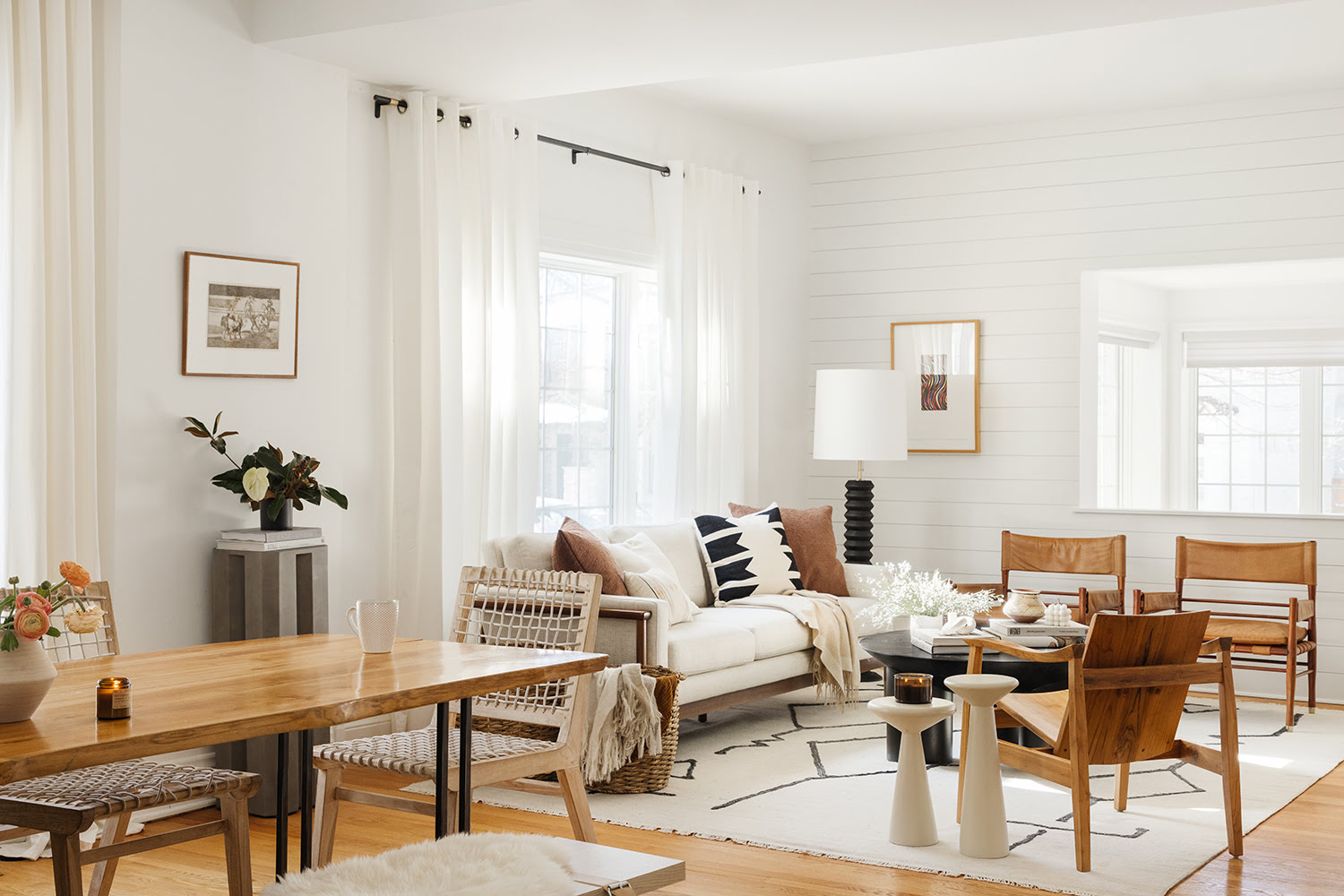
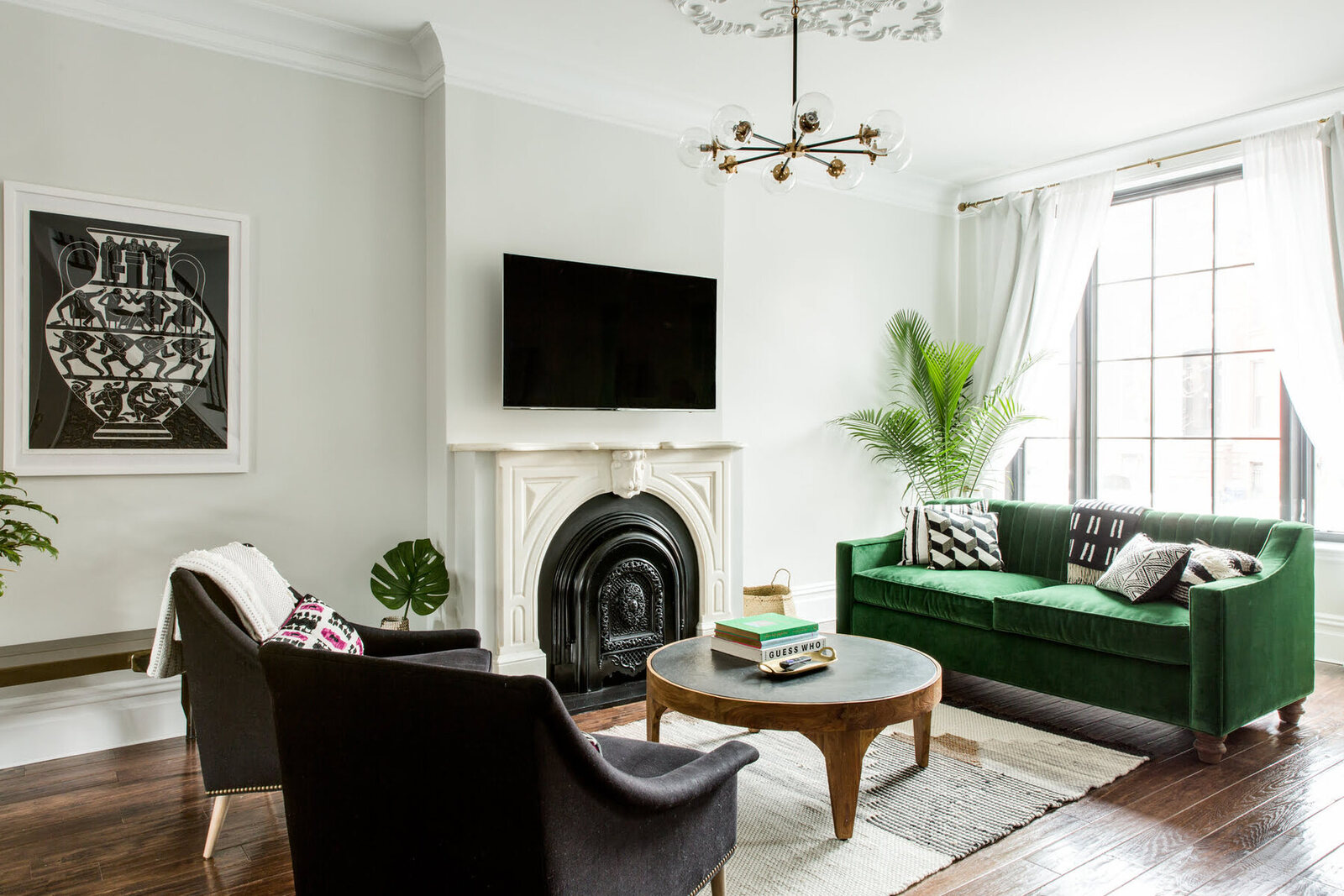
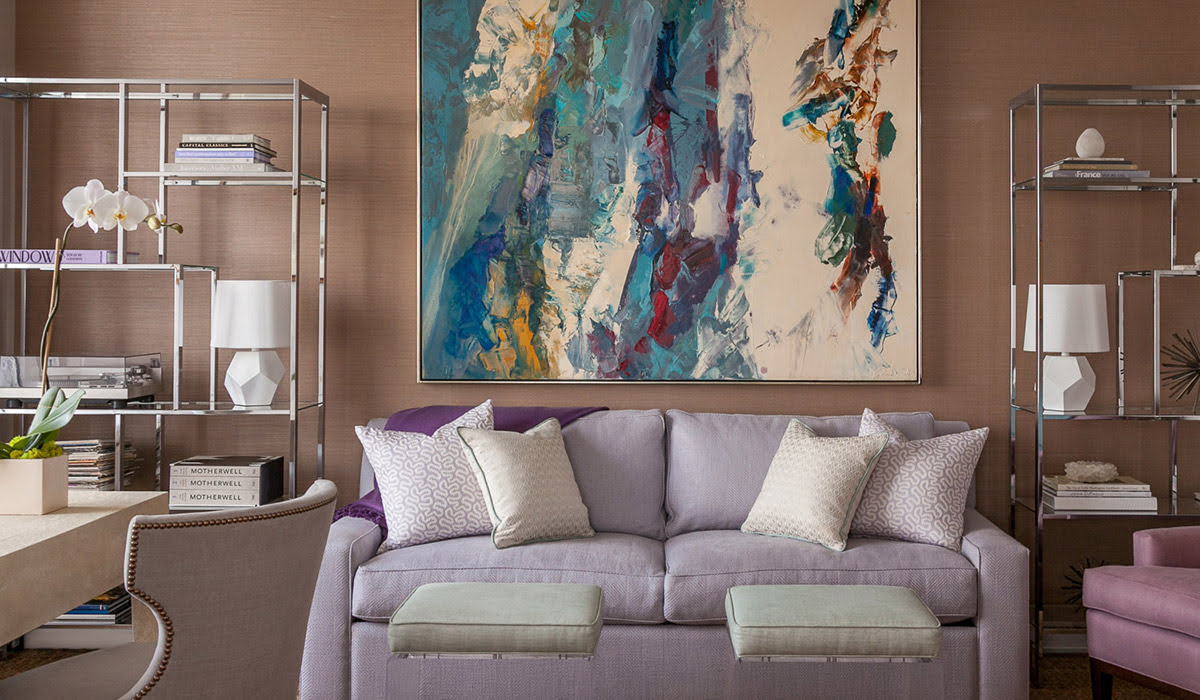
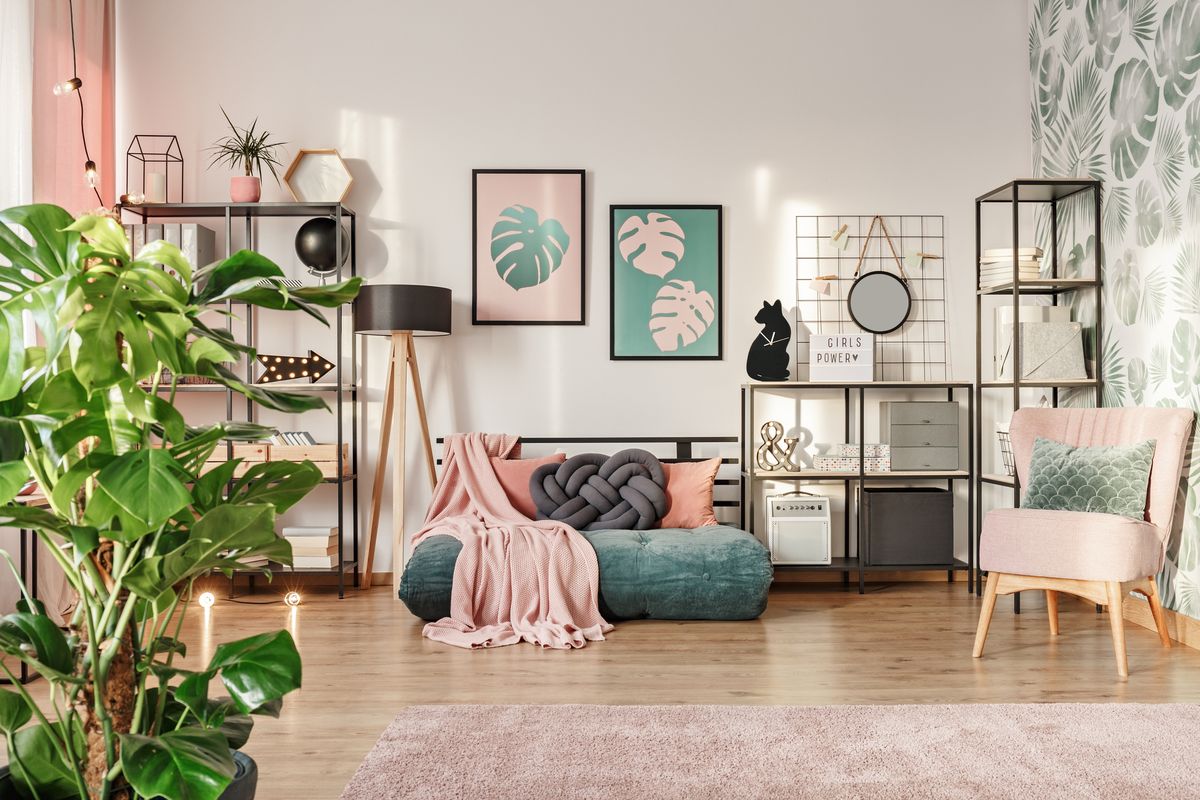
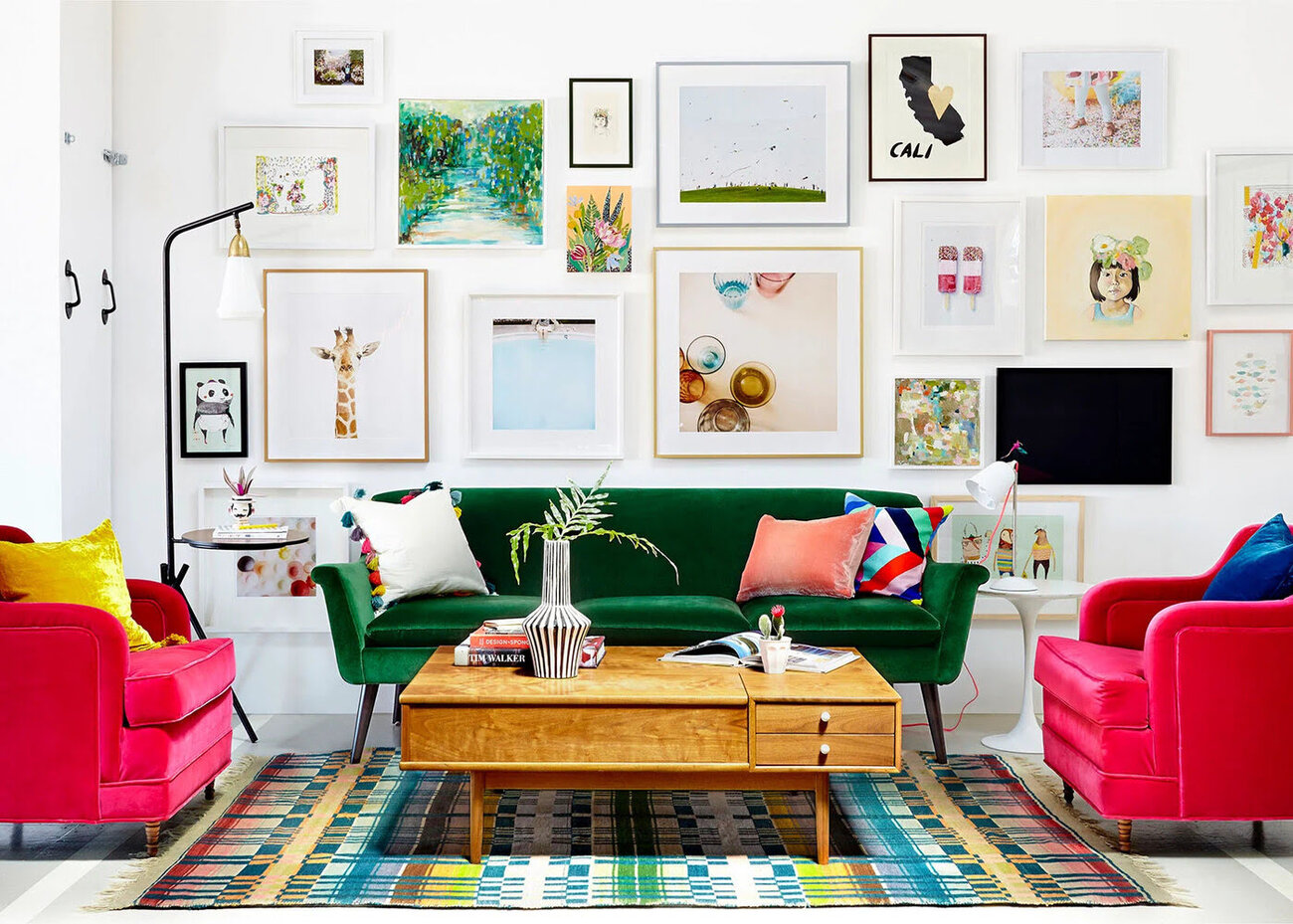
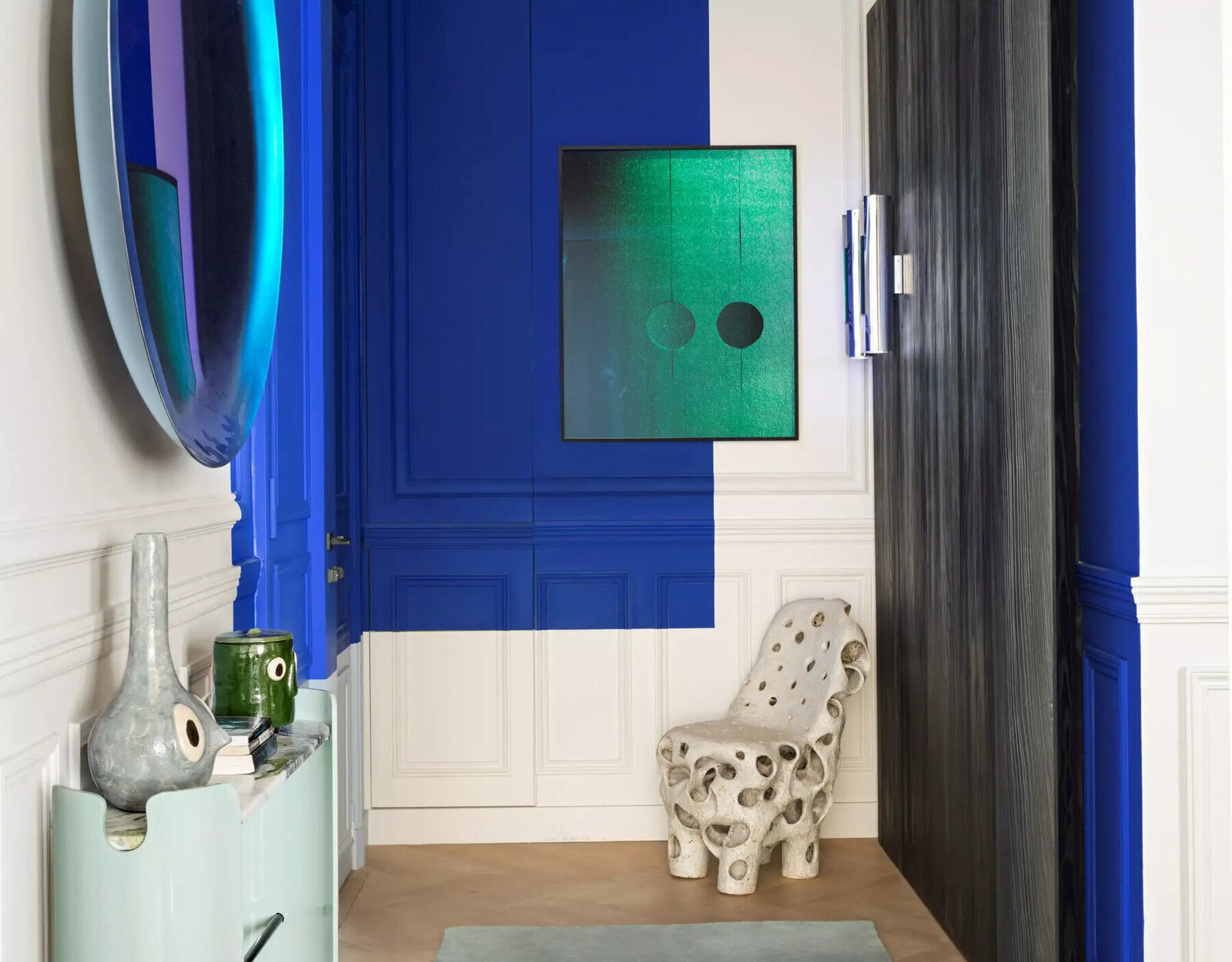
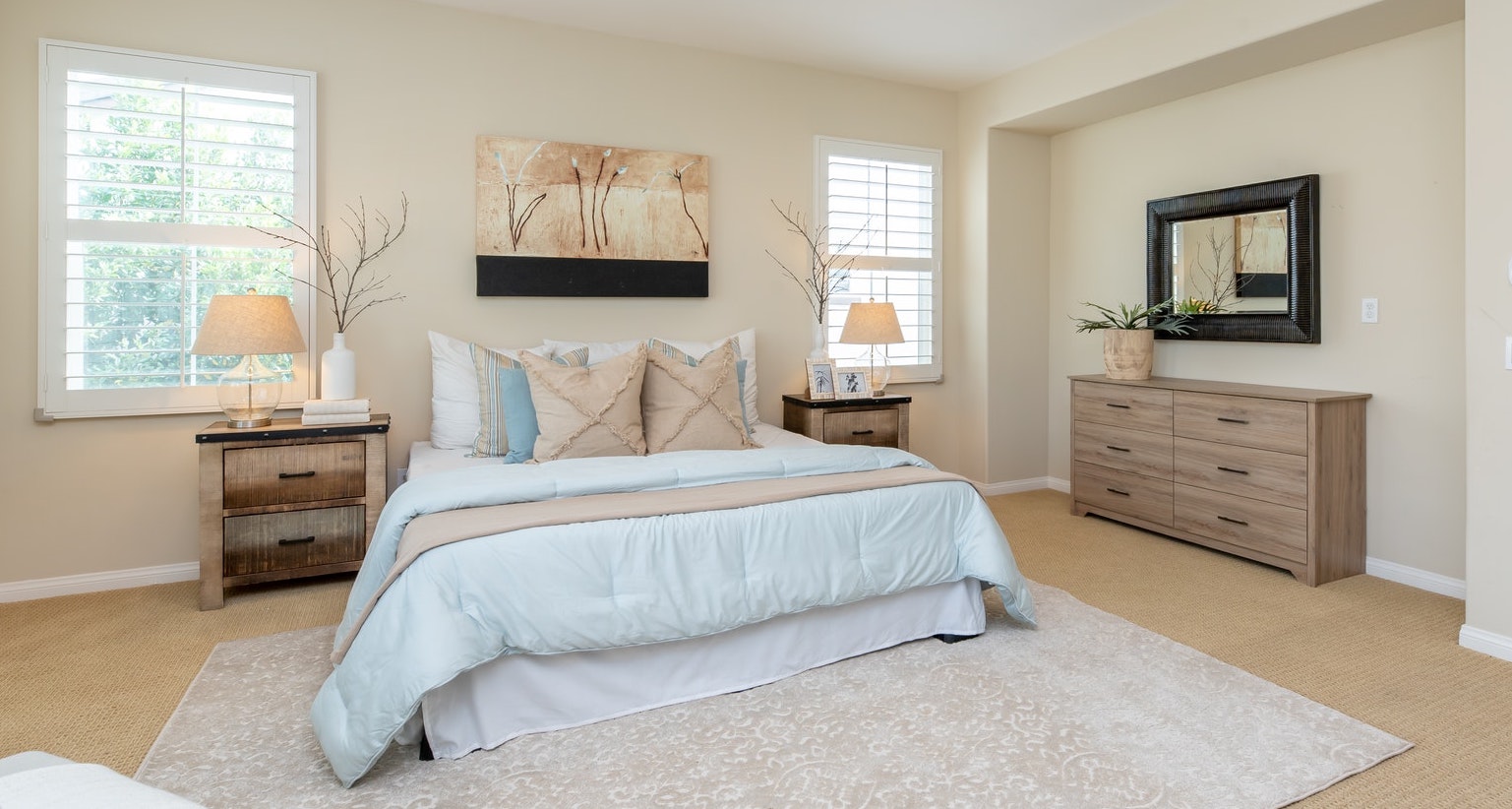
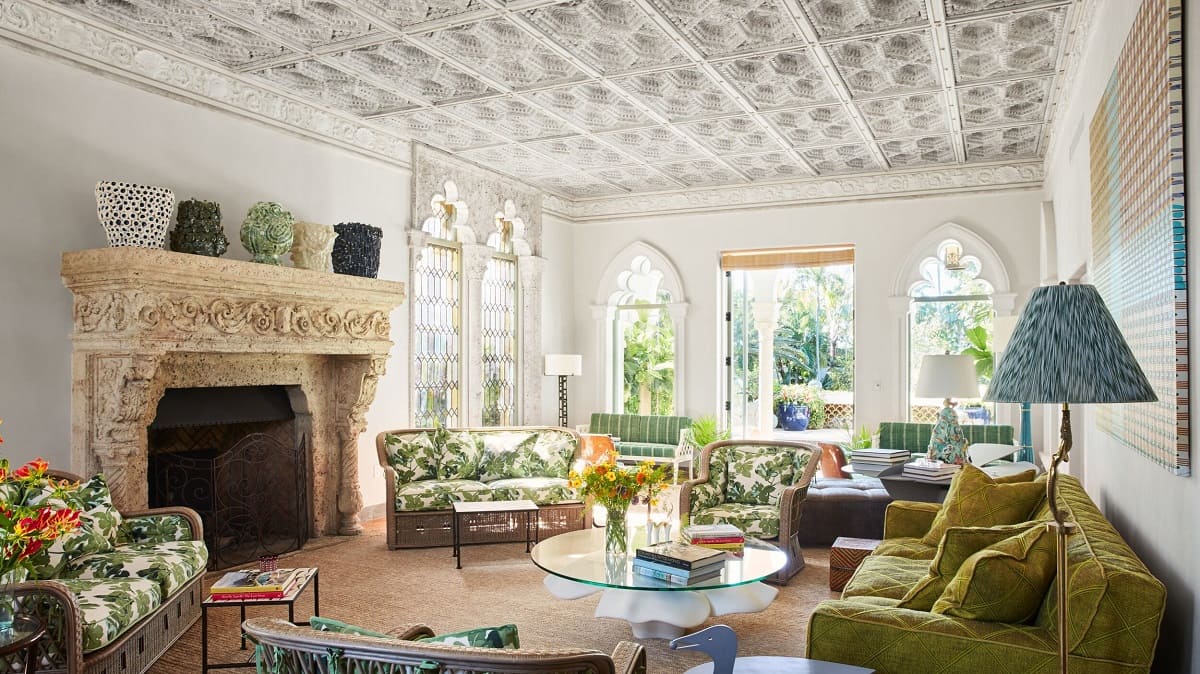
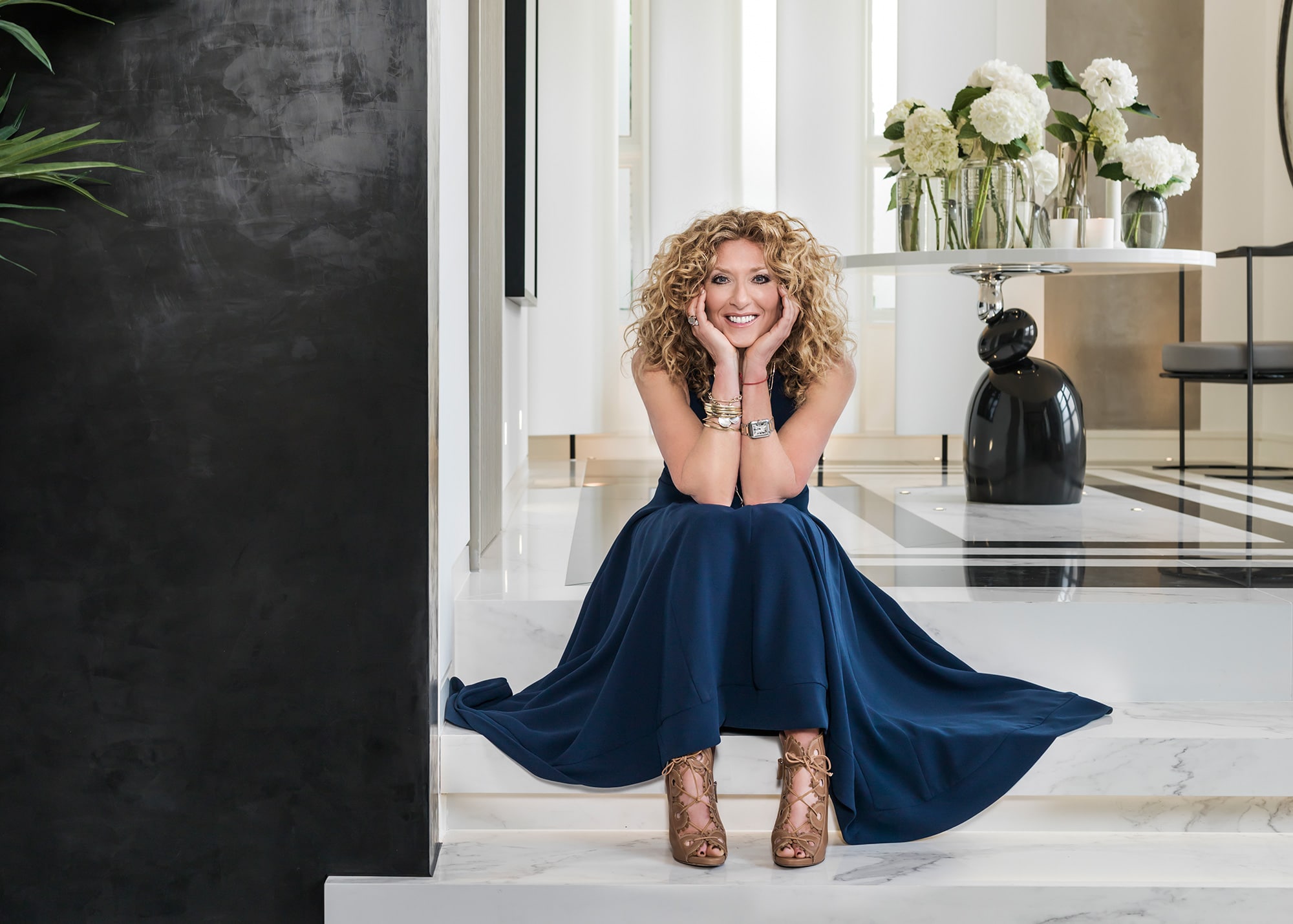
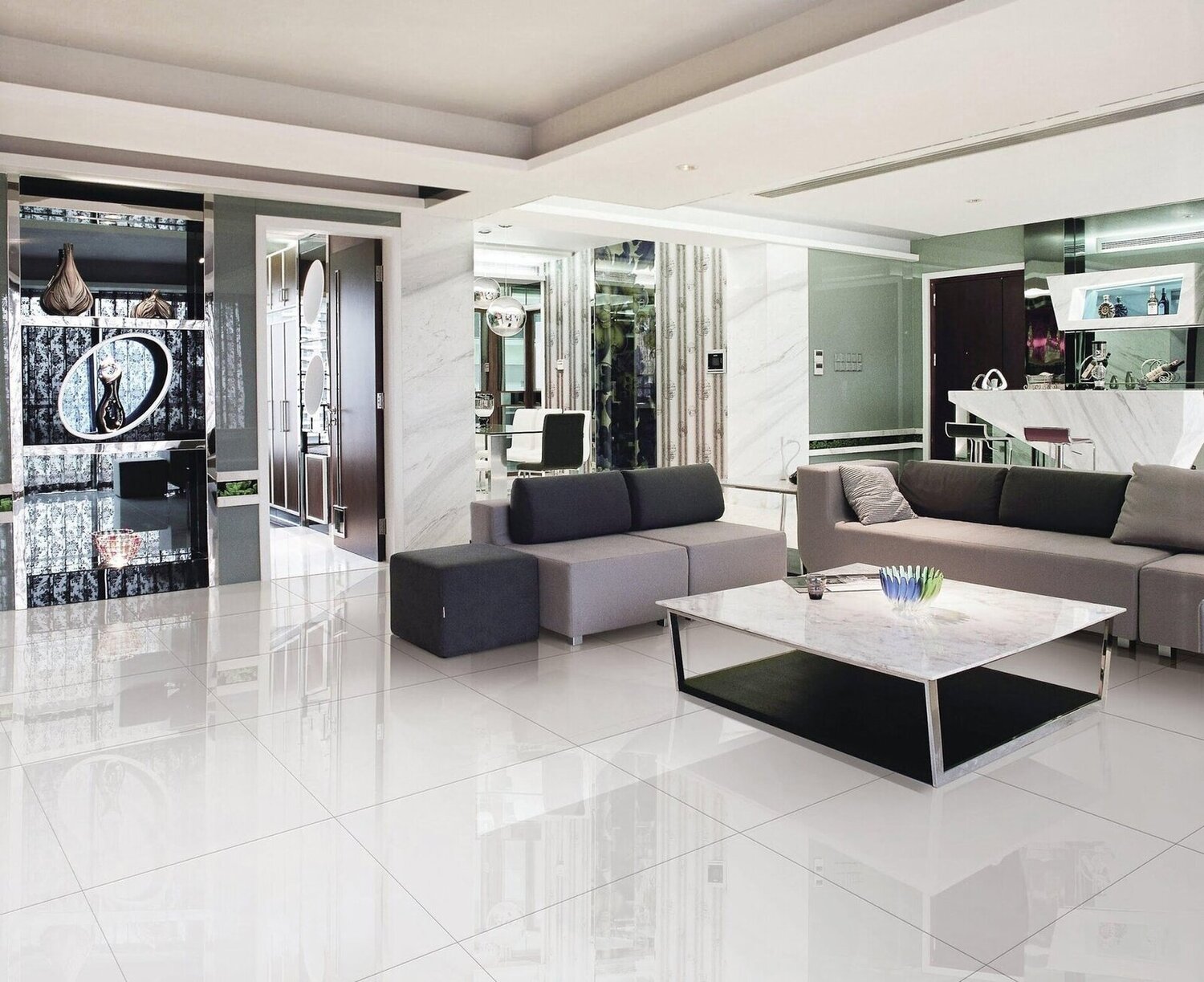


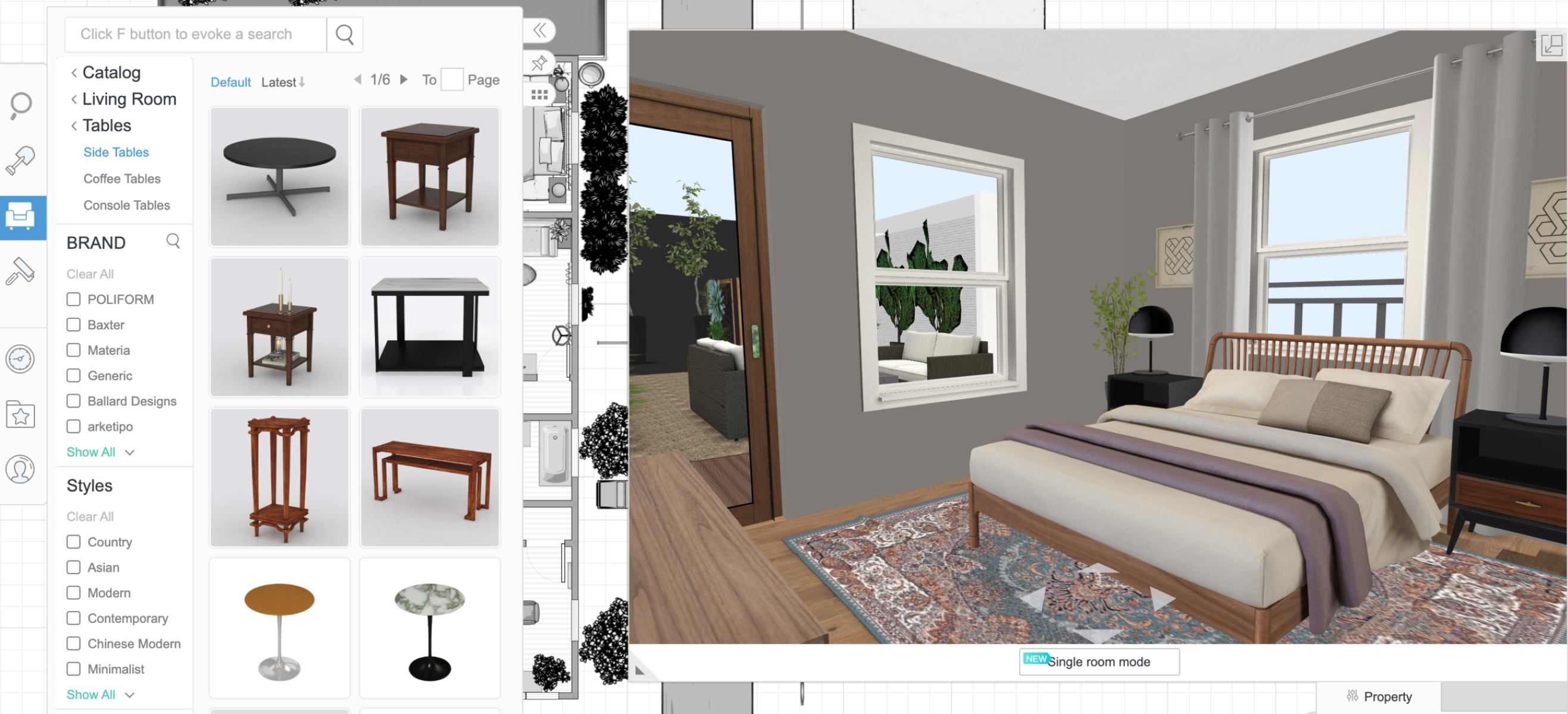


0 thoughts on “The 6 Interior Design Rules I Swear By In My Own Home”